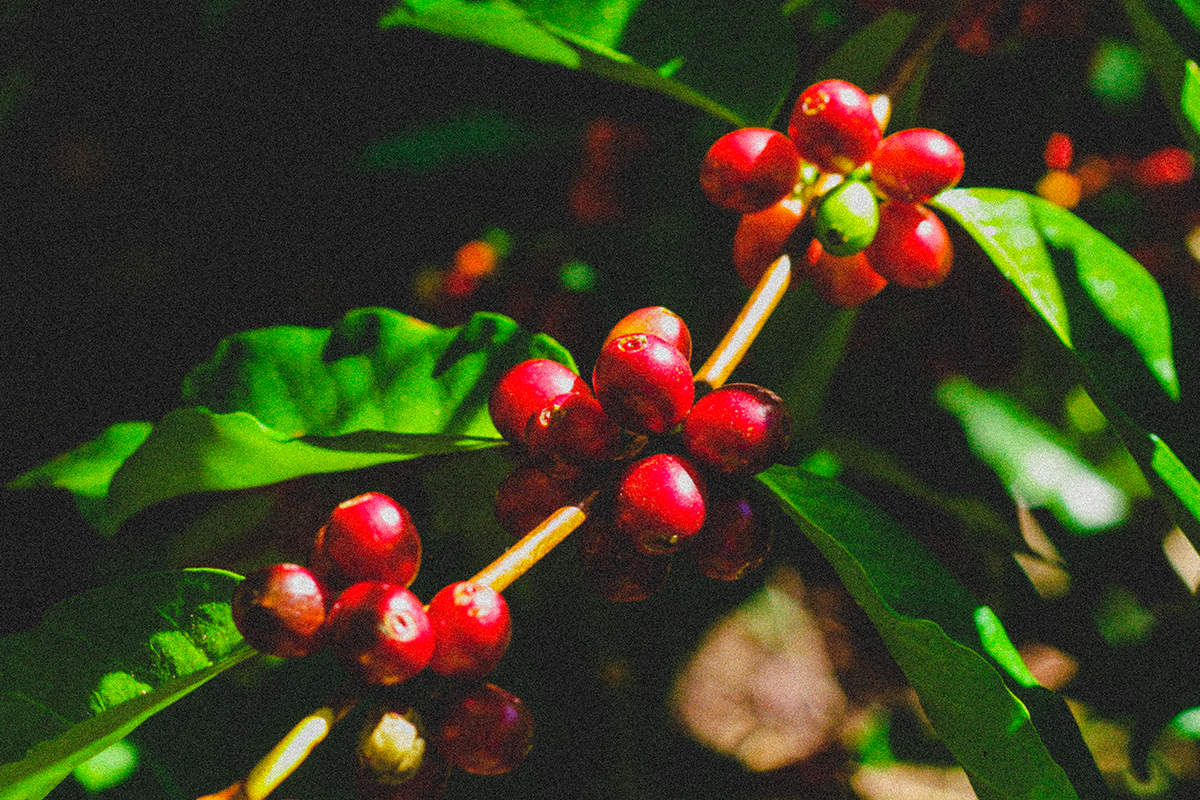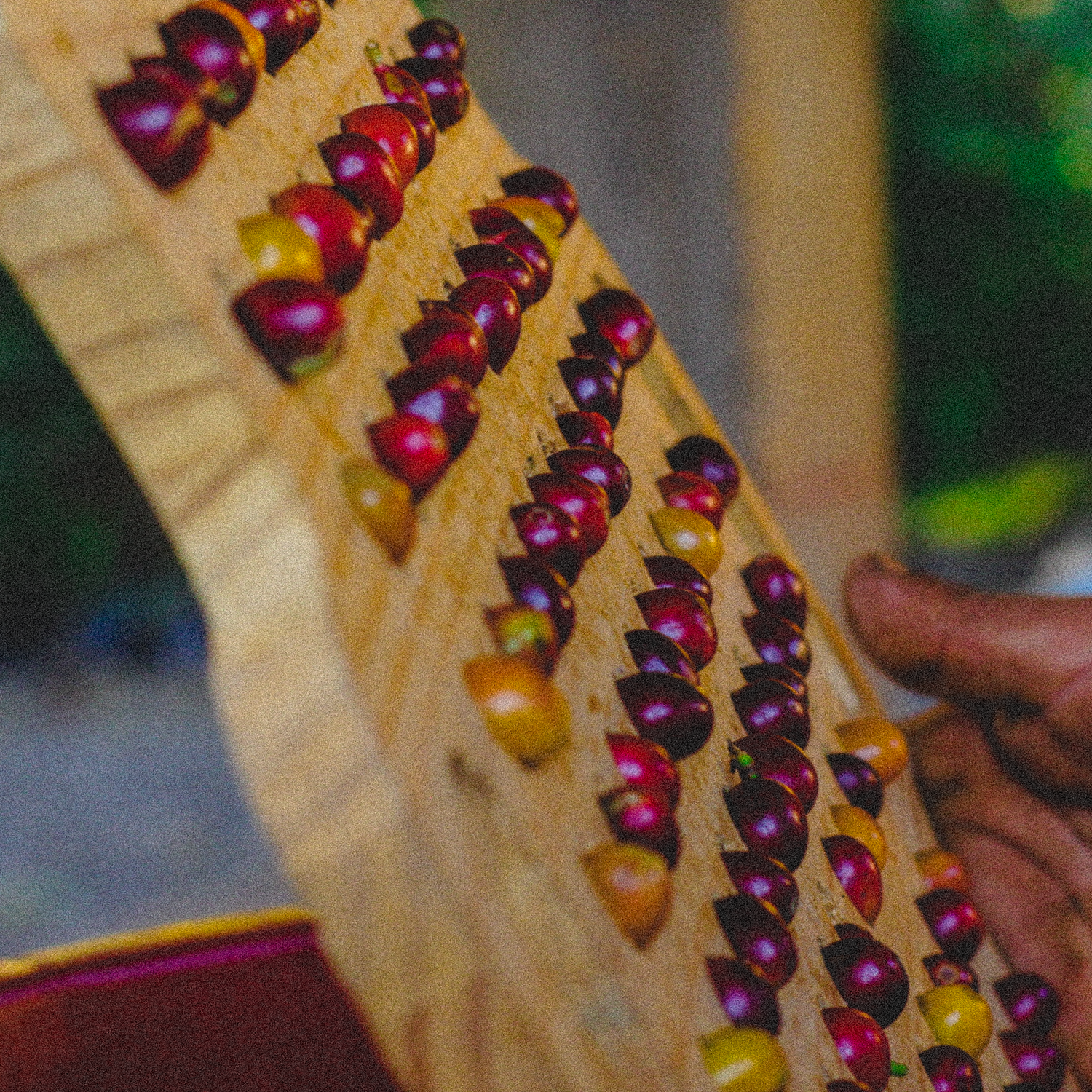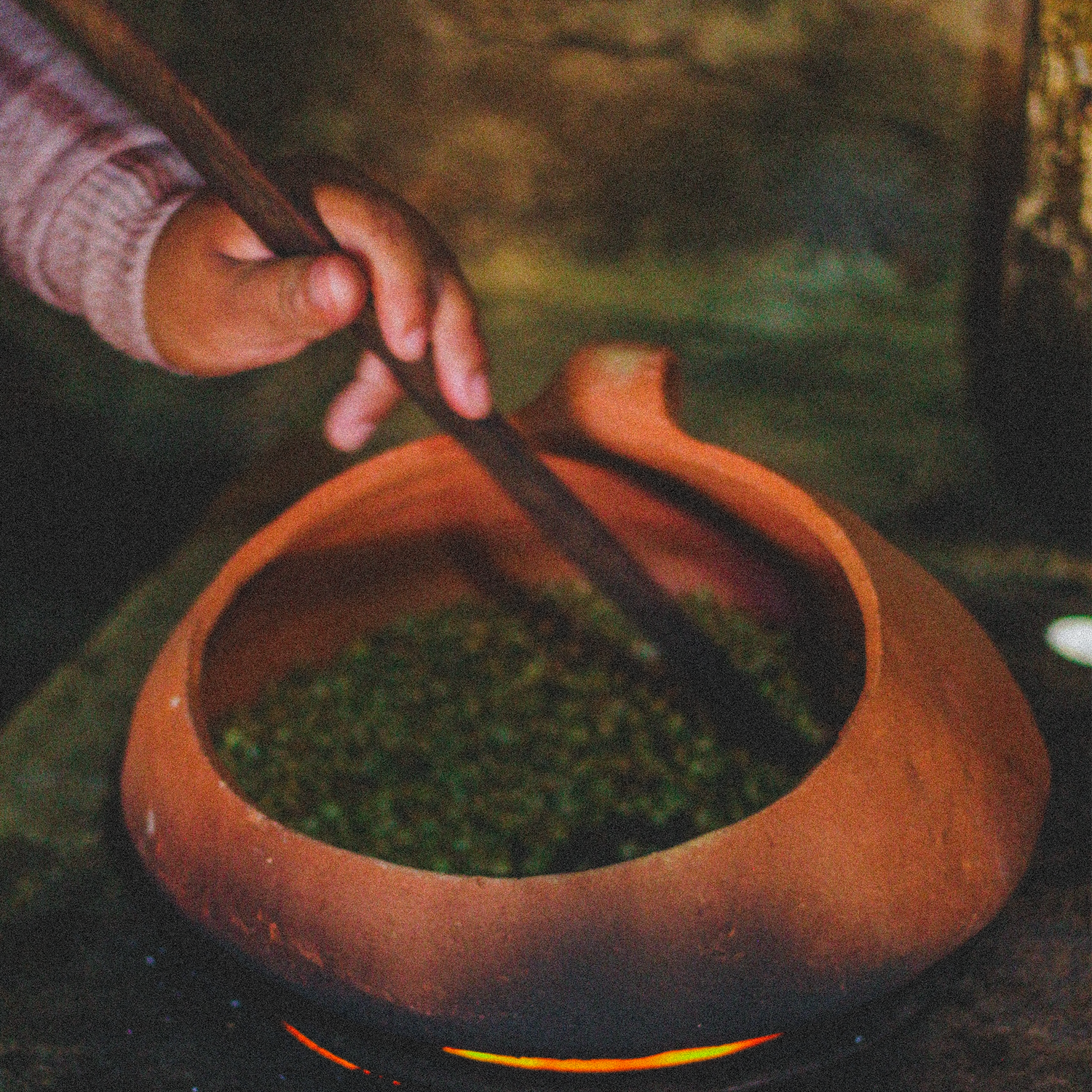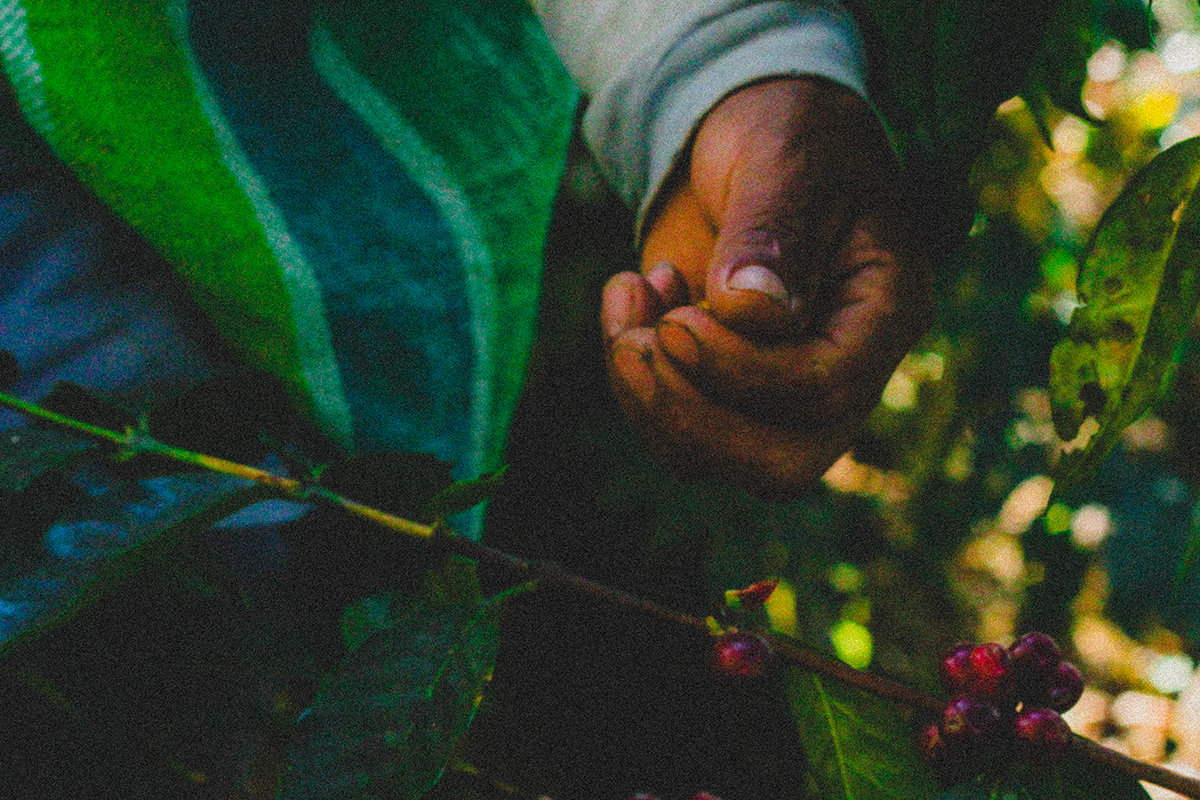
A Day At The Coffee Plantation
Dive into a coffee growing and harvesting process and the feel of how much love and care is inside of it

This is a family, and they had been growing coffee for more than 100 years!
Meet the Franklin Carbajal Lorotupa family, a dedicated group of people who love what they do. They have grown coffee all their lives, being born and raised on a coffee plantation, maintaining their lifestyle to continue producing organic coffee.
In this place, there is no specific age to start drinking coffee. Children enjoy the drink from a young age, as it’s the most natural thing when you grow up on a coffee plantation.

The day starts early with a family and community vibe in the air. No one is a competitor here. Everyone works towards the same goal: achieving the highest quality coffee profile and discovering new flavors during fermentation periods between 48 and 72 hours.
They have been growing coffee since the 1900s, maintaining their certification and quality, always prioritizing the quality of their organic beans.
Pesticides have never been used. Nature and climate changes pose challenges, but growing up with a deep understanding and respect for nature helps them manage issues like fungus on leaves or occasional water shortages.
This coffee is truly a "specialty" coffee, not grown for conventional use. Now, the market favors coffee that reflects the special flavors and aroma of the region, prioritizing quality over quantity.


The head of the family is a mother and her husband. They have 10 children, who now have their own families and grandchildren. They all live nearby, sharing a large piece of beautiful forest land where they grow coffee. They take care of it, planting, harvesting, and processing the coffee themselves. Hired workers are rare, as the selective harvesting process requires trust and expertise.

Harvesting lasts about four months, from May to September. Walking through the coffee "forest," you see some fruits are red, some are turning red, and some are still green, necessitating selective harvesting. Fruits with small wounds are used for conventional coffee, while the best ones go into ApuLinli Coffee bags. The family moves from plant to plant together, laughing and joking.
The harvesting environment is friendly, with coffee plants liking both shade and direct sunlight. Grown at nearly 2000 meters among other trees, it's more a "coffee forest" than a plantation.

After collecting the coffee, the family rests together, enjoying sunlight and laughter after a busy day. Before sunset, they return to process the coffee beans, starting by removing the skin and letting the beans ferment in their own juice for 48 to 72 hours.
The coffee fruits are first placed on a sorting tray to assess quality, then go through a machine to remove the skins. They ferment, are washed, and then dried in the sun.

Local animals are not interested in these hard, half-processed seeds, so there’s no danger while they dry.
Once dried, the beans still have a layer of skin that is removed manually. The green beans are then sorted again, with only the best beans used for ApuLinli specialty coffee. The rest go to conventional coffee production.

Roasting is the final stage, crucial for flavor. ApuLinli uses a Medium Roast to highlight the natural flavor profile of the Typica variety without producing oil, turning the beans a mesmerizing golden color.
Though the roasting machines are in a bigger city, the family also roasts coffee traditionally for their own consumption using a ceramic bowl over a wooden oven, much like frying popcorn.
Thank you for reading about a day at the coffee plantation. We love coffee and promote a culture of sustainable coffee drinking, where every sip matters and has made a long, beautiful journey to your cup!
Cheers!

